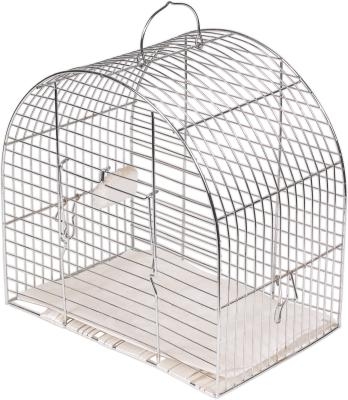Positive reinforcement training helps to reward your dog for good behavior. The sooner your dog comprehends that their good behavior equals praise or treats the sooner they will want to perform well for you all of the time. Okay, so maybe not all, but most of the time. Dogs respond with enthusiasm when their name is connected with praise. "Good dog" is one of the most commonly used phrases and seems to be recognized highly in doggy world.
Dog training in basic terms is the manner in which you interact with your dog and help to outline their behavior using gentle and effective methods. Humans and dogs have a different mental set up, for the training to be effective the communication barrier first needs to be eliminated. It has been said many times that unwanted behavior precipitates in a dog on account of miscommunication and lack of proper handling. With that said, here are some helpful tips in training your dog to be obedient.
Dog training, in general terminology, broadly consists of behavior, obedience and activity training. Behavior training is modeled on helping your dog become a 'model citizen'. Obedience training involves performing specific activities precisely and swiftly when instructed to do so. Activity training is concerned with training a dog for specific activities such as hunting, search and rescue operations, etc. These activities attempt to showcase the fullest potential of your dog.
However, the method of training to be used and when, depends largely upon the personality and character of the dog as well as that of the owner. It is beneficial to first gauge your own strengths and weaknesses and then that of the dog before designing an outline to go by.
The key is to think from their perspective, to read their mind correctly and make subtle changes if required to increase the efficiency of the process. This requires instincts backed by solid actions along with a flexible mind set.
It is vital to have a builit- in reward - award mechanism into the training technique. When a dog is rewarded for their correct action upon instruction, they associate that instruction with the action. Rewards can either be food, verbal praise, or positive vibes. However, patience is required here because your dog may forget the action you just taught them the very next day. Just like we sometimes need to do something 7 times before it becomes a habit, dogs can be the same way. You can use certain 'cue words' as a medium of instruction to be more effective in getting your message across.
Be consistent in your approach and timing towards the use of 'cue words' and ensure that you command the fullest attention from your mate. Do crosscheck their actions after they have undergone training to get feedback, and take corrective measures if and when required.
The traditional yelling, cursing and punishing techniques do not yield any positive result (on the contrary they make matters worse). Nonetheless, this method of understanding a dog's psyche first and thereafter weaving the training around it, surely does work.
While all of this may seem new to you right now, and you may not even have an idea of how to get started, there are some great resources to help you in training your dog. Our website can help you with the basics, as well as more advanced tips.

 DIY: Metal Bird Cage
DIY: Metal Bird Cage
DIY: Metal Bird C
DIY: Metal Bird Cage
DIY: Metal Bird Cage
DIY: Metal Bird C
 Parrots of Australia
Australian ParrotsThe Easter
Parrots of Australia
Australian ParrotsThe Easter
 How to Build a Simple Bird Trap?
How to Build a Simple Bird Trap?
How t
How to Build a Simple Bird Trap?
How to Build a Simple Bird Trap?
How t
 How to Find a Bird by Description
How to Find a Bird by Description
How
How to Find a Bird by Description
How to Find a Bird by Description
How
 The Dominique Chicken
Poultry BreedsThe DominiqueT
The Dominique Chicken
Poultry BreedsThe DominiqueT